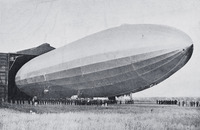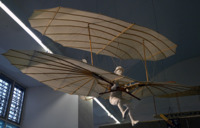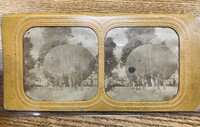Introduction
Flight, while a vital component of travel and war in the modern age, is a new invention that has only become widely accessible within the last century. Before this time, to most, it was simply a concept, a dream. However, due to a select few throughout history, the idea of flight that existed for centuries in myth and imagination has developed into a reality.
On December 17th, 1903, the Wright Brothers made the first successful airplane flight over Kitty Hawk, North Carolina. However, this is not the beginning of flight for humanity; the hope of taking to the air has existed in the minds of many for centuries. In the 1480s, a man named Leonardo da Vinci began to develop sketches of inventions that would, theoretically, enable humans to fly. While they never did, these drawings became a source of inspiration for the development of flight in the modern era.
While inventions of the sky such as hot air balloons, planes, zeppelins, and gliders may seem disconnected by so many periods and contexts throughout history, what unifies them is the impact they have made on the development of human flight through each other. Some of the most groundbreaking aerial inventions are connected through the legacy of their predecessors: the Wright Brothers’ first aircraft began with the same concepts as Lilienthal and Langley’s gliders. Additionally, it was Sir George Cayley’s invention of the hand-launched glider in the early 19th century that initially broke ground in heavier-than-air flight. Many of his published tests and findings assisted the development mechanized flight in later decades. Developing an aircraft that could carry a human was not the work of one man, but of many throughout history.
Lighter-than-air crafts are also united by their sequenced history, with hot air balloons guiding and inciting the inventions of blimps and rigid airships in later years. Hot air balloons have carried humans into the sky since the 18th century, a form of flight that began with the Montgolfier brothers. A century later, the Zeppelin rigid airship emerged as an imporvement upon hot air balloons. It presented a machine controlled through steam power and manual navigation which no longer depended on the course of the wind, unlike its predecessors. The Zeppelin airship made history not only as the first rigid airship to successfully fly but also as a machine capable of militarized flight and mechanized warfare, something no lighter-than-air craft had achieved before.
When looking at these influential steps on the journey to human flight, we may be able to see how something as complicated as flying took not only a great deal of development but a variety of minds throughout centuries to become what we know it as today.


